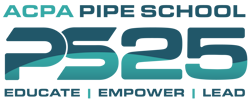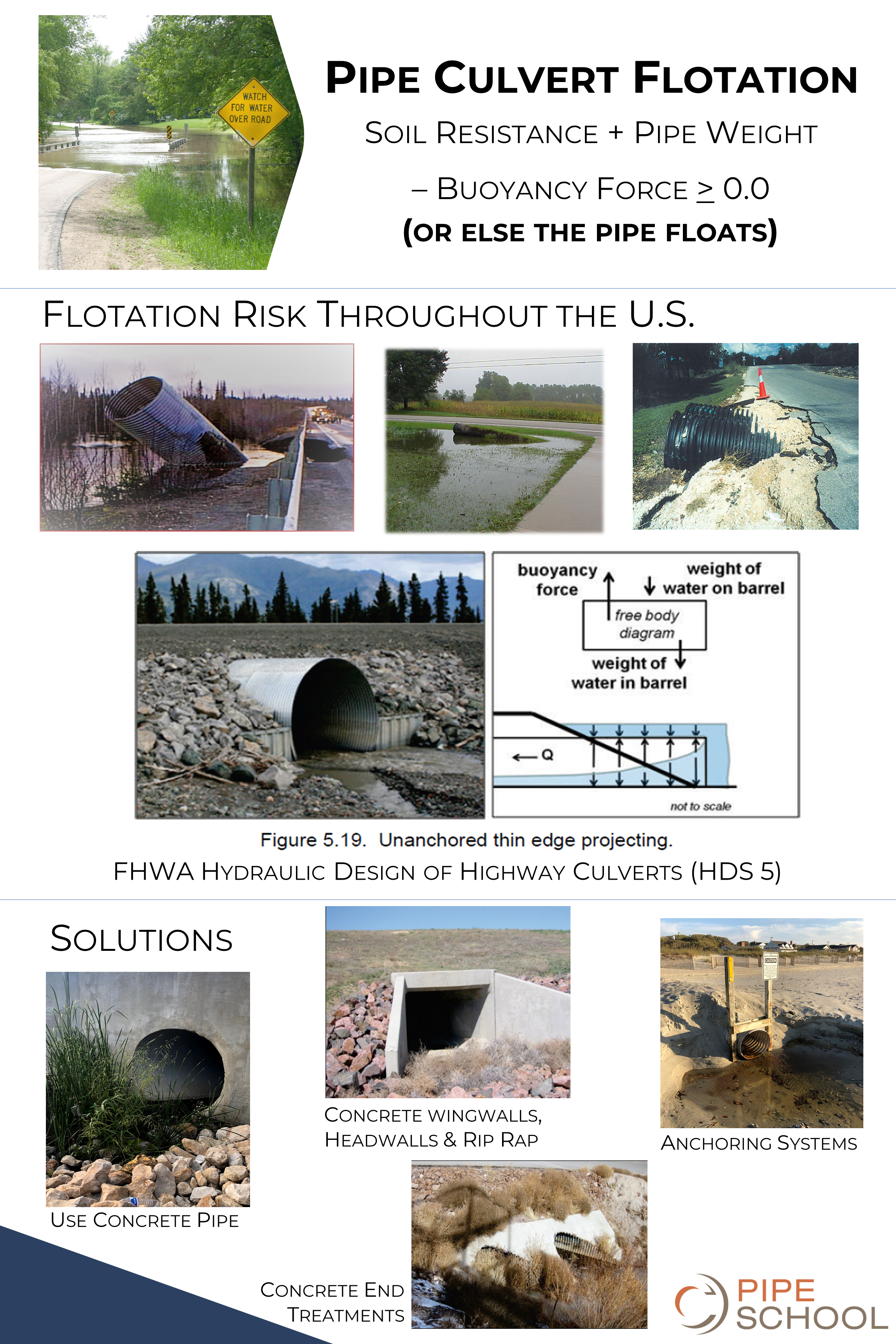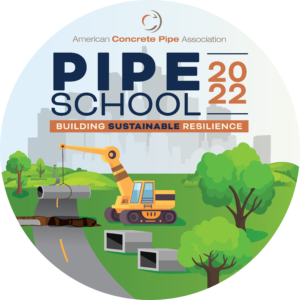Pipe Culvert Flotation – Risks & Solutions
Presenter: Jennifer Schaff, PE
Organization: County Materials
Description: In the right geotechnical conditions, storm pipe products are at risk of flotation. Unless the soil resistance and pipe weight exceeds the buoyancy force, the pipe will uplift. The risk of storm pipe flotation exists throughout the United States. The Federal Highway Administration (FHWA) Hydraulic Design of Highway Culverts (HDS 5) document provides guidance on how to evaluate and mitigate the pipe flotation risk. Solutions, if the risk of pipe flotation is present, include using pipe materials that are simply more massive such as concrete pipe, using more massive, concrete end treatments, or using anchoring systems at intervals along the pipe run if using a flexible (plastic or metal) pipe product.
Access the Federal Highway Administration (FHWA) Hydraulic Design of Highway Culverts: https://www.fhwa.dot.gov/engineering/hydraulics/culverthyd/culvert.cfm
Pipe Culvert Flotation – Risks & Solutions
Presenter: Jennifer Schaff, PE
Organization: County Materials
Description: In the right geotechnical conditions, storm pipe products are at risk of flotation. Unless the soil resistance and pipe weight exceeds the buoyancy force, the pipe will uplift. The risk of storm pipe flotation exists throughout the United States. The Federal Highway Administration (FHWA) Hydraulic Design of Highway Culverts (HDS 5) document provides guidance on how to evaluate and mitigate the pipe flotation risk. Solutions, if the risk of pipe flotation is present, include using pipe materials that are simply more massive such as concrete pipe, using more massive, concrete end treatments, or using anchoring systems at intervals along the pipe run if using a flexible (plastic or metal) pipe product.
Access the Federal Highway Administration (FHWA) Hydraulic Design of Highway Culverts: https://www.fhwa.dot.gov/engineering/hydraulics/culverthyd/culvert.cfm
Synopsis
Because we have variability of precipitation, culverts have a tough job to take the brunt of many different flow regimes and changing conditions caused by storm events….in easy terms they have to pass large gully washers and runoff from slow spring soakers.
Flotation is the term used to describe the failure of a culvert due to the tremendous uplift forces caused by buoyancy.
The buoyant force is produced when the pressure outside the culvert is less than the pressure in the barrel. This occurs in a culvert in inlet control with a submerged upstream end. The phenomenon can also be caused by debris blocking the culvert end or by damage to the inlet. The resulting uplift may cause the outlet or inlet ends of the barrel to rise and bend. Occasionally, the uplift force is great enough to dislodge the embankment. Generally, only flexible barrel materials are vulnerable to failure of this type because of their light weight and lack of resistance to longitudinal bending. Large, projecting or mitered corrugated metal culverts are the most susceptible (Figure 5.19). In some instances, high entrance velocities will pull the unanchored inlet edges into the culvert barrel, causing blockage and additional damage.
There are several strategies to guard against flotation and damages due to high inlet velocities. Essentially, it involves two things: provide weight to the culvert ends to resist floatation and protect against erosion of the embankment around the end of that culvert pipe.
Some examples include: Slope paving around steep fill slopes to protect against erosion and provide outlet stability (Figure 5.20). Large skewed culverts under shallow fills should be avoided. Rigid pipe that may be susceptible to separation at the joints can be protected with commercially available tie bars
When these precautions are not practical or sufficient, anchorage at the culvert ends may be the only option. Anchorage is a means of increasing the dead load at the end of a culvert to protect against floatation. Concrete and sheet pile cutoff walls and headwalls are common forms of anchorage. Headwalls tend to inhibit flow of water along the outside surface of the conduit (piping). The culvert barrel end must be securely attached to the anchorage device to be effective. Protection against inlet bending, inlet warping and erosion to fill slopes represent additional benefits of some anchorage techniques.



